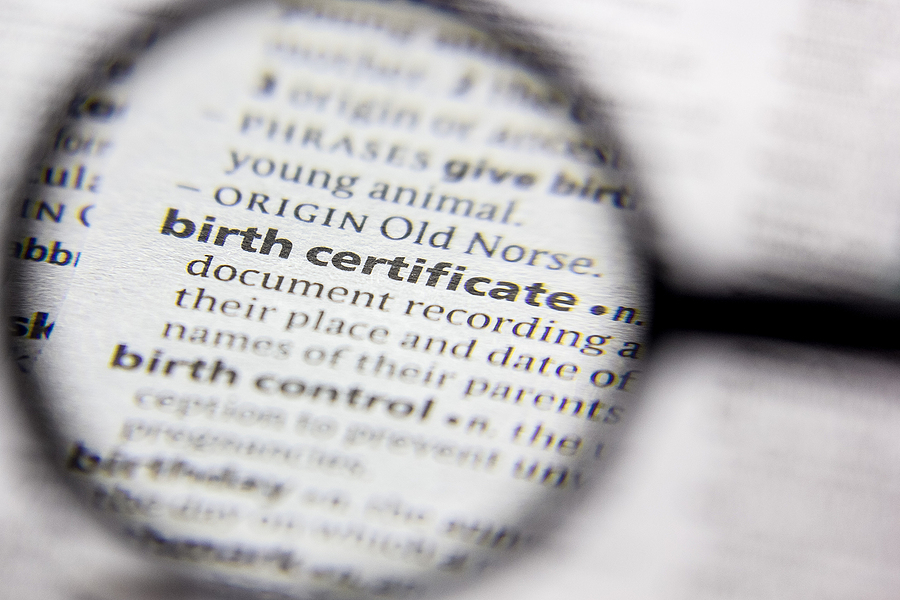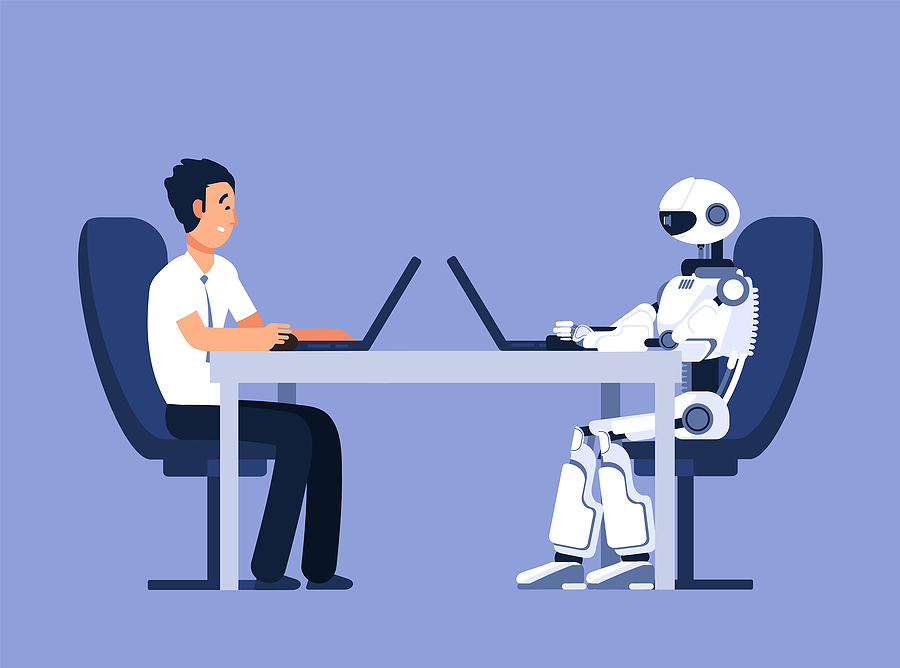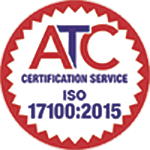Quick Quote
Archives
- November 2023
- October 2023
- September 2023
- August 2023
- July 2023
- June 2023
- May 2023
- April 2023
- March 2023
- February 2023
- January 2023
- December 2022
- November 2022
- October 2022
- September 2022
- August 2022
- July 2022
- June 2022
- May 2022
- April 2022
- March 2022
- February 2022
- January 2022
- December 2021
- November 2021
- October 2021
- September 2021
- July 2021
- June 2021
- April 2021
- March 2021
- February 2021
- December 2020
- October 2020
- August 2020
- July 2020
- June 2020
- May 2020
- April 2020
- March 2020
- February 2020
- January 2020
- November 2019
- October 2019
- September 2019
- August 2019
- July 2019
- June 2019
- May 2019
- April 2019
- March 2019
- February 2019
- January 2019
- December 2018
- November 2018
- October 2018
- September 2018
- August 2018
- July 2018
- June 2018
- May 2018
- April 2018
- March 2018
- February 2018
- January 2018
- December 2017
- November 2017
- October 2017
- September 2017
- August 2017
- July 2017
- June 2017
- May 2017
- April 2017
- March 2017
- February 2017
- January 2017
- December 2016
- November 2016
- October 2016
- September 2016
- August 2016
- July 2016
- June 2016
- May 2016
- April 2016
- March 2016
- February 2016
- January 2016
- December 2015
- November 2015
- October 2015
- September 2015
- August 2015
- July 2015
- June 2015
- May 2015
- April 2015
- March 2015
- February 2015
- January 2015
- December 2014
- November 2014
- October 2014
- August 2014
- July 2014
- June 2014
Guide for Human Translation and Machine Translation
Today, machine translation is necessary as part of the localisation process as it helps to enable translation and localisation to take place quickly and efficiently so reducing the costs of translations. As more and more resources are devoted to machine translation technology the quality of translations is markedly improved. Machine translations (MT) are automated translations created by computer software. The user inputs the text in its source language and then selects the target language. The MT software then generates the required translation. Machine translations may be used for quickly translating large amounts of text which would be virtually impossible using the traditional translation method. It could be used for the translation of whole texts without the need for human input (raw MT), or in conjunction with human translators. In the last ten years, there have been significant developments in MT such as neural machine translations and artificial intelligence. Neural machine translations (NMT) are a machine translation approach constructed on neural networks. The network may be divided into two parts which are an encoder which reads the imputed sentence and creates a representation that can be used for translation and a decoder which creates the translations. Words and whole sentences are in NMT represented as vectors of numbers. NMT appraises the fluency of the complete sentence. Machine translations use training data but generic MT engines, such as Google Translate, Amazon Translate, and Microsoft Translator are used more for general purposes and have not been trained with data that matches an exact topic or domain. Data is collected continuously and used to improve the output. However, custom MT engines are more finely-tuned as they have been trained with precise data which means a more accurate MT translation but costs more. Machine translation has some significant advantages compared to traditional translation which makes it an attractive proposition for use by businesses. Despite the ground broken by MT, human translations, or post-editing, are still considered to be the gold standard for any translations that require perfect quality. Machine translations work for different kinds of content but if it’s creative like marketing copy, machine translations might not be the solution. It may be used, to begin with, but it is better to use human translators who have the expertise to be more creative with the translations. You also need to be certain that the machine translation output will meet the reader’s expectations. Translated content designed to showcase your product or company should be checked by a human translator. However, if the translated content is to be used internally in a company, MT may be the best solution. If your deadlines are tight and there is no one available to undertake a translation job, MT is a good choice. Also, low-priority translations like internal documents, make perfect candidates for MT. To help improve the quality of MT, post-editing (PE) brings together MT with human translations. Trained linguists offer their expertise so that the best quality translations can be created using both MT and human input at fast speeds. It is possible to choose an optimal level for MTPE depending upon your translation requirements. Fortunately, for the translation industry, human translators will always be needed to play a key role in MT translation workflows as post-editors so that the MT output maintains consistent quality.Definition of machine translation
How machine translations work
Neural machine translations
Machine translation training data
The advantages of machine translations
When machine translation is preferred
Machine translations and post-editing (human input)
Post navigation
← Previous Next →
Related Posts

How to Solve some Business Language Problems with MT
October 21, 2014
Machine translation (MT) may not be the complete answer to solving business language problems, but..
View More








Leave a Reply